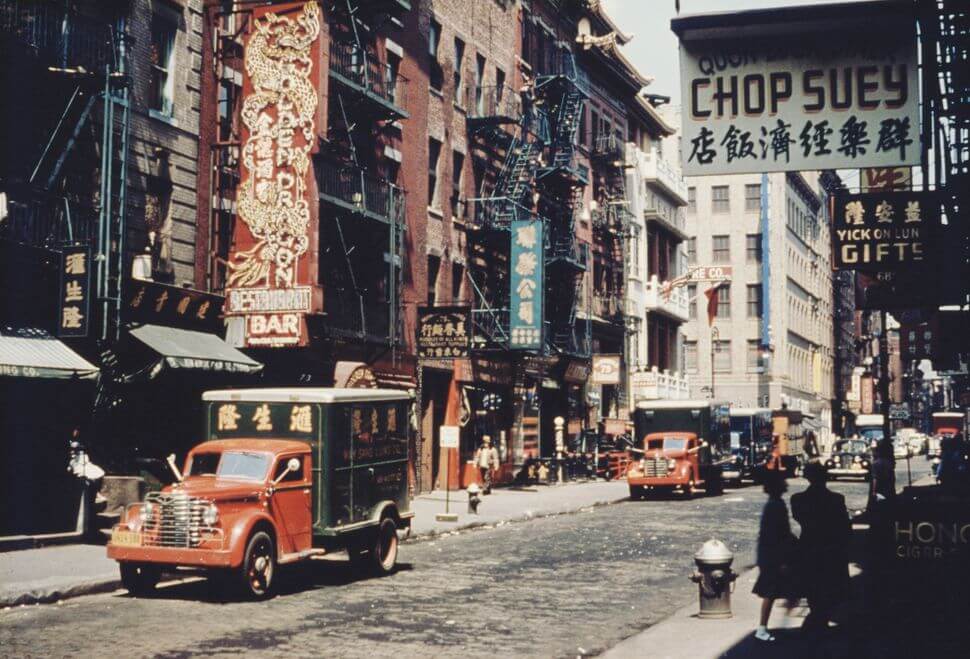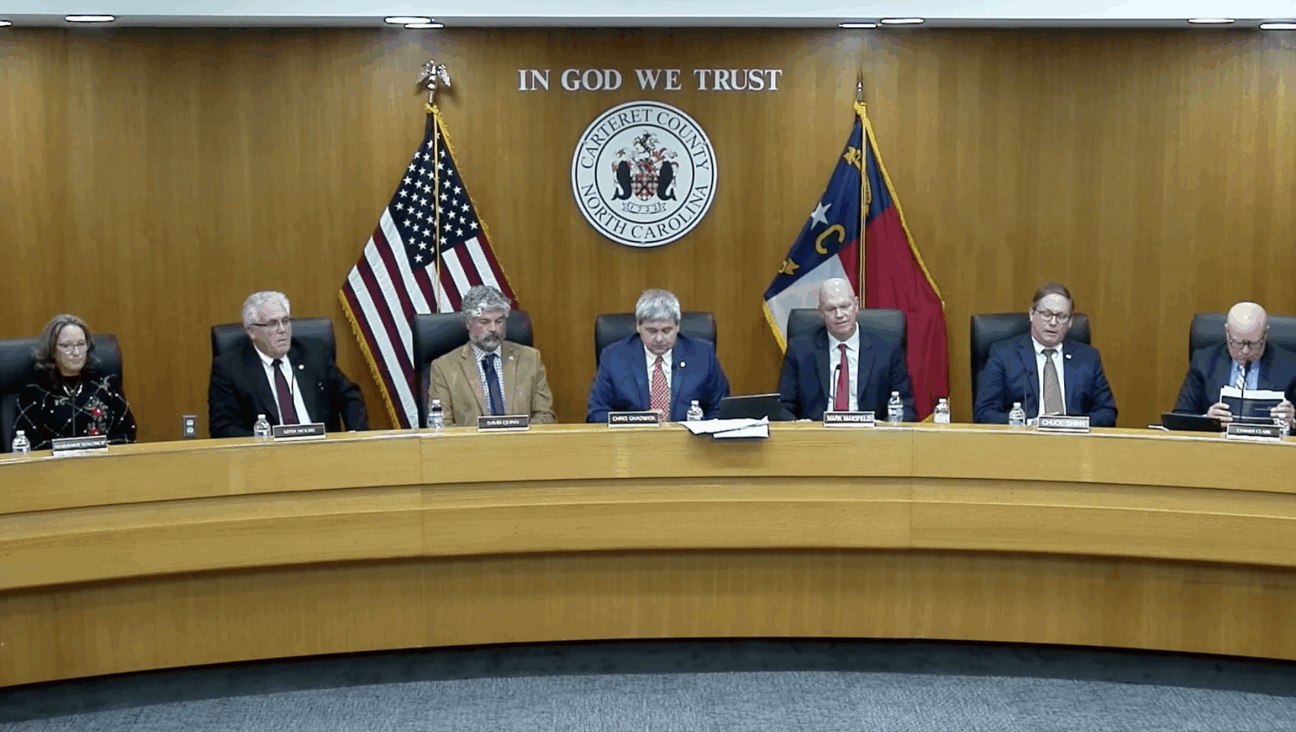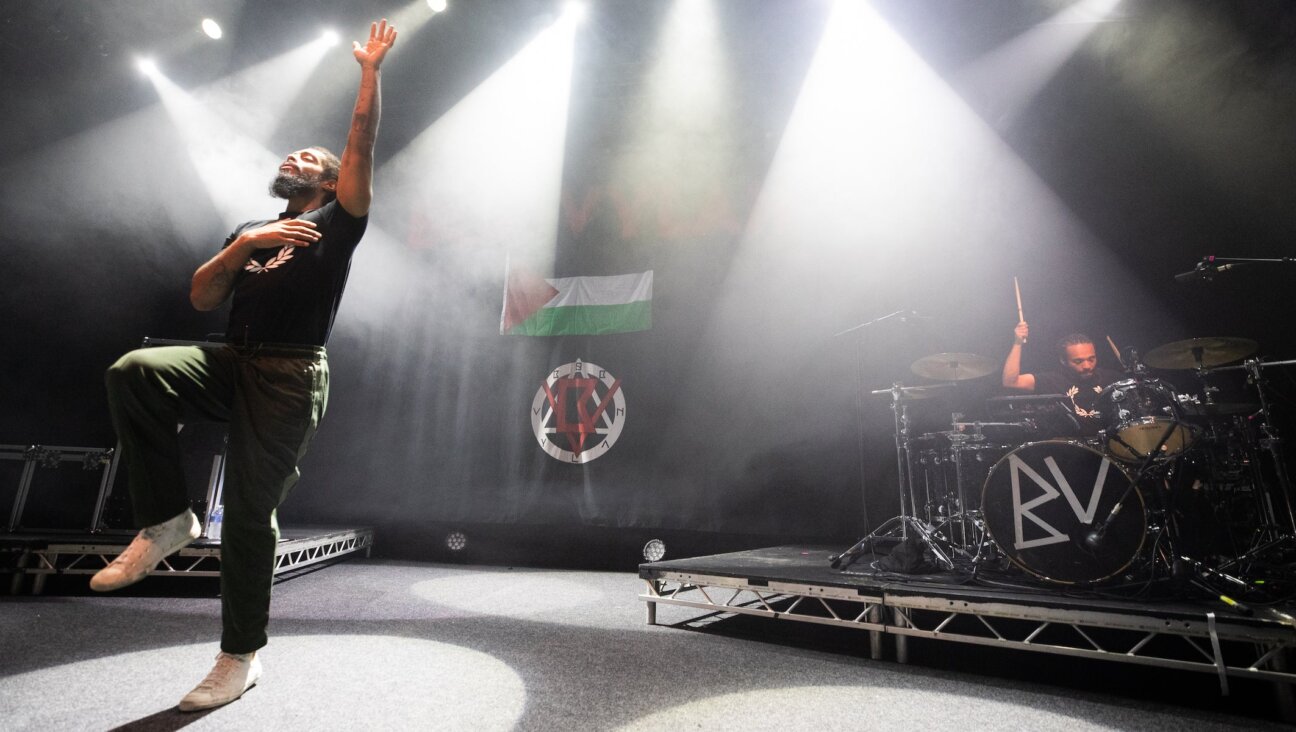No Longer in Ruins
There is plenty to criticize when considering the Israeli government’s recent actions and statements on the future of Jerusalem, but that should not diminish its achievement in restoring the ancient Hurva Synagogue in the heart of the Old City’s Jewish Quarter.
For years, all that remained of the synagogue was a stunning reconstruction of its stone arch looming above the structure’s ruins. A Jewish presence has graced, or sometimes haunted, the site since the 2nd century. A synagogue, built in the early 1700s, was destroyed in 1720 by frustrated Muslim creditors. A new structure was begun in 1855 and upon completion a decade later became known as the most impressive synagogue in the land of Israel, designed as it was by the Ottoman sultan’s own architect.
Destroyed again by the Jordanians in 1948, the Hurva (whose very name means “ruin”) lay desolate until the Six-Day War, and even afterward, the reconstruction of this historically rich site in this sensitive city was long delayed. The five-year project that resulted in a rededication ceremony on March 15 proved that the Hurva was not a prisoner of its past but a stubborn reminder of the Jews’ ancient ties to the land and the city.
It was deeply unfortunate that some Palestinian leaders used the Hurva’s rebirth as an excuse for rage and violence. The project posed no threat to Palestinian interests. It did not expand Israel’s footprint. It simply restored a profoundly important religious building and reclaimed a part of history.
















